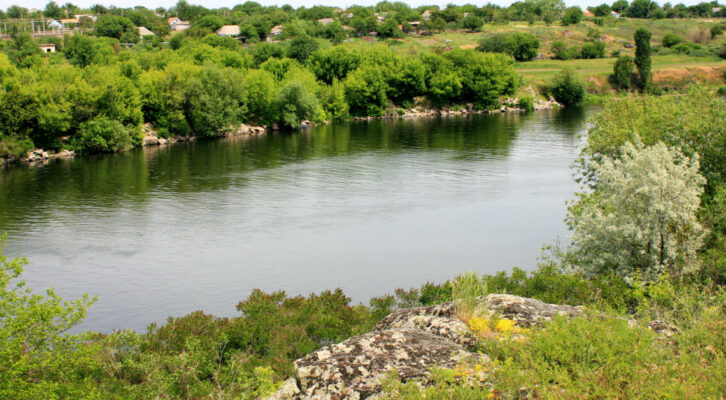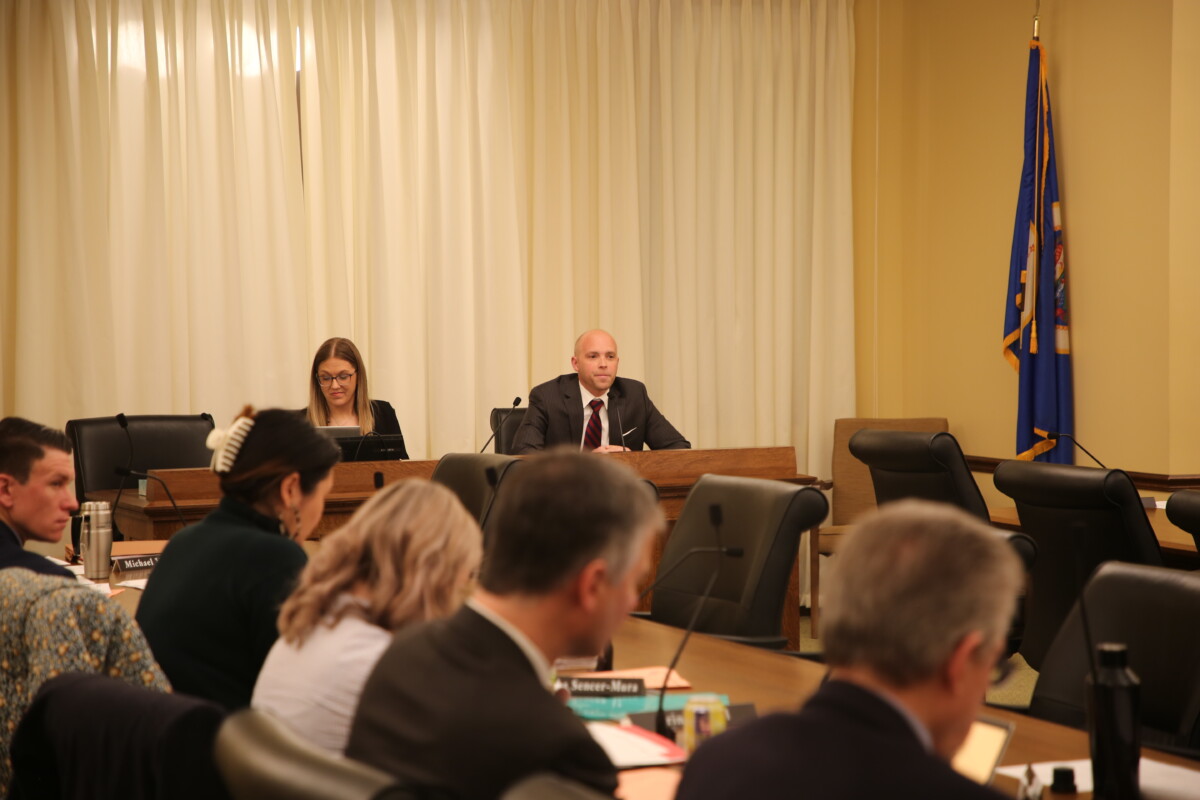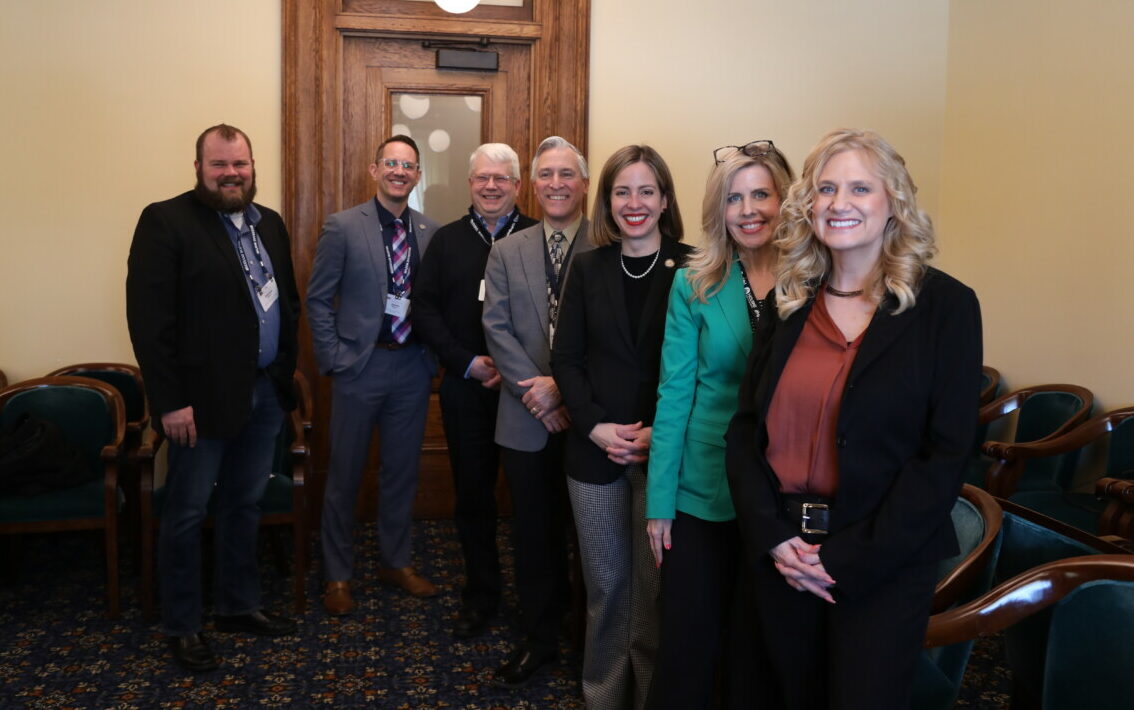The United States Supreme Court has issued its much-awaited option in Sackett v. EPA, a case determining which wetlands are subject to the Waters of the United States (WOTUS) Rule. Over the past year, the debate over which waters are subject to the Clean Water Act has been a critical issue for the housing industry, with numerous lawsuits, congressional action, and a presidential veto all preceding today’s ruling.
Writing for the majority, Justice Alito wrote:
“In sum, we hold that the [Clean Water Act] extends to only those wetlands that are “as a practical matter indistinguishable from waters of the United States.” Rapanos, 547 U. S., at 755 (plurality opinion) (emphasis deleted). This requires the party asserting jurisdiction over adjacent wetlands to establish “first, that the adjacent [body of water constitutes] . . . ‘water[s] of the United States,’ (i.e., a relatively permanent body of water connected to traditional interstate navigable waters); and second, that the wetland has a continuous surface connection with that water, making it difficult to determine where the ‘water’ ends and the ‘wetland’ begins.”
By clarifying the scope of the WOTUS Rule, the court established that the Clean Water Act extends only to “wetlands with a continuous surface connection to bodies that are ‘waters of the United States’ in their own right,’ so that they are ‘indistinguishable’ from those waters.”
For example, wetlands with no connection to other waters are no longer covered under the WOTUS rule.
Justice Alito also noted for 50 years, regulatory agencies have “wrestled with the problem and adopted varying interpretations” and the ruling is an attempt to “identify with greater clarity what the Act means by ‘the waters of the United States.’”

















